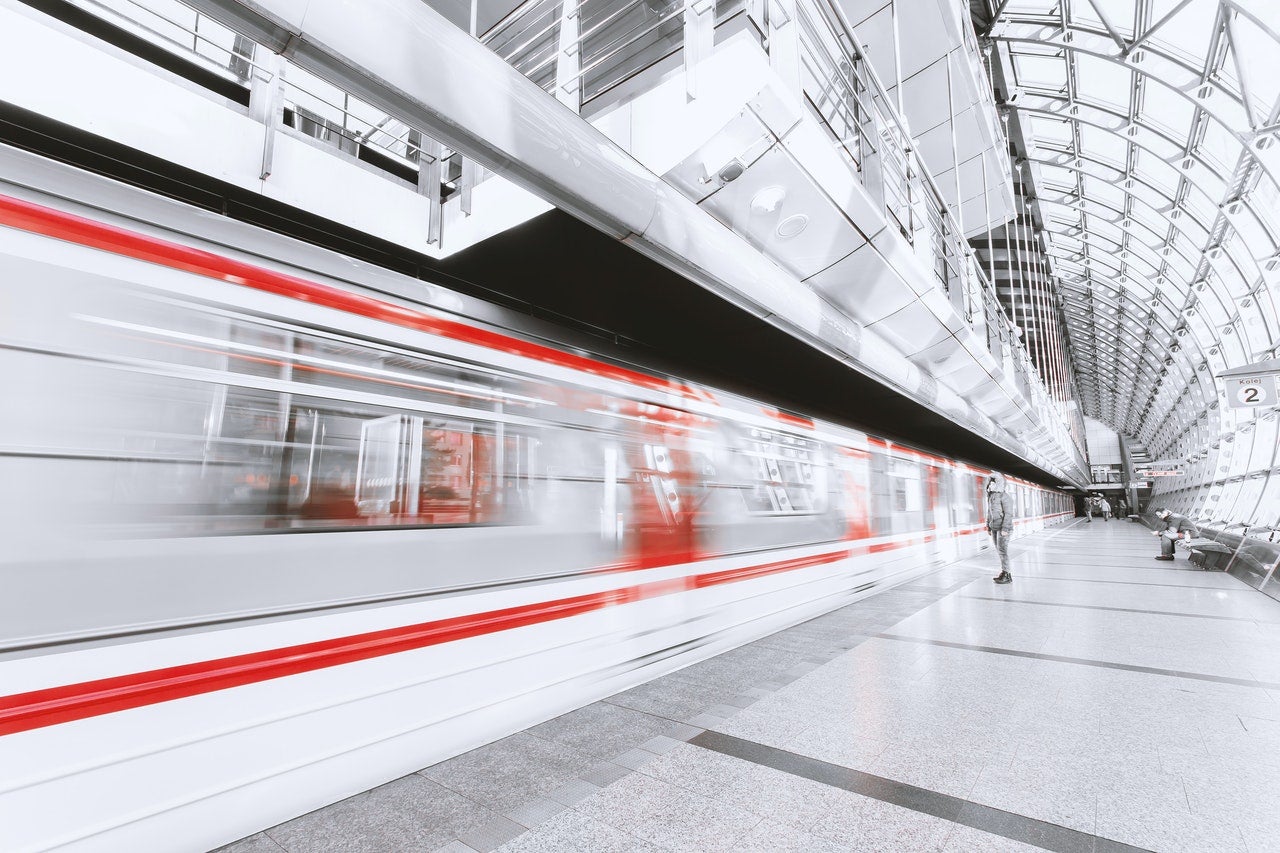
The Covid-19 pandemic has had severe effects on the global rail network, affecting both passengers and operations both in the short and medium term.
How do we ensure it doesn’t affect the industry in the long-term? This was the question posed by moderator Davinder Sandhu to panellists at the International Railway Summit’s ‘optimising rail resources during uncertain times’ webinar.
The webinar gathered experts from the wider railway sector to discuss how to help the industry power through the coming months
Here is what we learnt.
Lesson 1: optimising resources means creating a new timetable
Recently, Austrian national rail operator ÖBB decided to change its timetable to make better use of its resources.
“If you really want to make significant savings on your resources, you have to change the timetable, and you have to change it significantly,” commented ÖBB head of long-distance service Kurt Bauer.
He explained that for the company, which usually updates its timetable once or twice a year, the short amount of time it had at disposal because of the pandemic was challenging.
The company faced difficulties also when it had to communicate its decisions with neighbouring countries. Despite its small size, Austria is very well connected to the rest of Europe, with trains going to Germany, the Netherlands and Belgium.
“Shutting or reducing the timetable required an awful lot of interaction and negotiation with partner railways, which had their own problems,” he added. “[Even though] this happened very quickly, I must say we learnt quite a lot.”
Resource management, explained Bauer, is not only a technical or financial issue, but it also encompasses politics and society. “Politicians want a sound and stable public transport because it’s the basis of our economy and a lot of people depend on those services,” he said. “If you start optimising railway resources, then the political dimension is at least as important.”
Lesson 2: optimising resources means becoming digital
According to New Jersey Transit chief information officer Lookman Fazal, resource optimisation can be enabled by increased digitalisation. The operator – the third largest transit agency in the US – was heavily affect by the Covid-19 pandemic, with numbers initially plummeting by between 90% and 95% across the whole system.
The company received a $1.4bn relief package by the US Government through the Trump administration’s CARE Act but recently requested a further $1.2bn in relief aid.
To restore passengers’ confidence whilst optimising resources, New Jersey Transit decided to focus on technology and digitalisation. Since then, touchless initiatives such as digital ticketing have been at the centre of New Jersey Transit’s optimisation strategy.
“Nobody wants to touch anybody these days,” commented Fazal. “Before Covid-19 light rail ticketing, including student discounts, was never digital but always on paper.”
Another key move towards touchless digitalisation, he explained, was providing conductors with scanners to check passenger tickets. As he put it:“[The scanners] will move [New Jersey Transit] closer to being a digital organisation.”
Finally, to accelerate digitalisation the company has introduced its Departure Vision 4.0, a new feature that will give passenger information on train arrival times and incentivise their return to the railways.
“We want to have the right number of people standing at the station [waiting] for the right train, not for multiple trains,” Fazal concluded.
Lesson 3: optimising resources means different solutions for different needs
Goal Systems sales director of Europe, Canada and US Eric Casillas believes that optimisation is not a one-size-fits-all solution, but it needs to be tailored according to companies’ different mode of transport, volume and complexity.
“We’ve got different optimisation results depending on companies’ cultural backgrounds and the labour laws of the country [they’re in],” said Casillas.
He firmly claimed that the age of scheduling railway networks with pen and paper is long gone and the industry needs to adapt to digital solutions if it wants to optimise its resources.
A crucial aspect for planners is also to take into consideration employees’ needs, allowing them to organise their own timetables. “This kind of solution can be perfectly implemented without degrading the quality and cost of the solution,” he explained. “In our experience, social satisfaction comes with improved productivity.”



